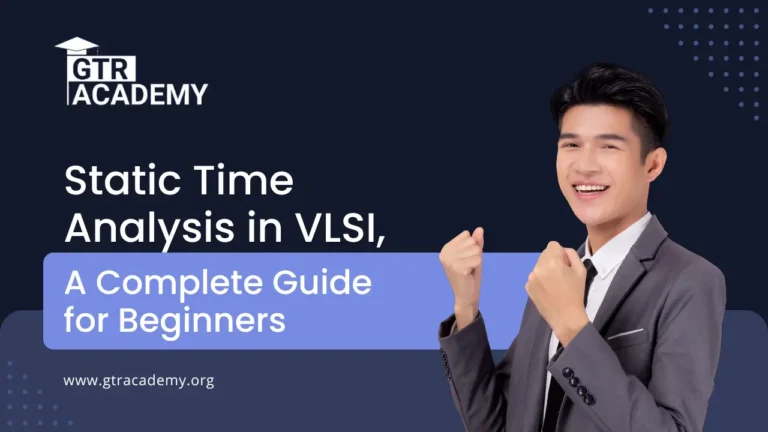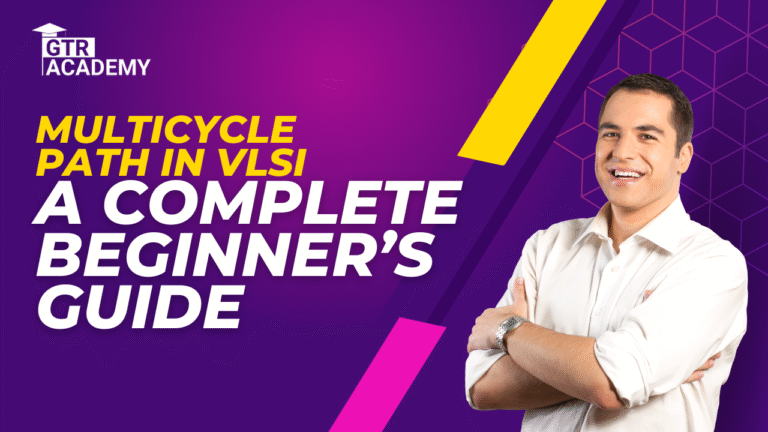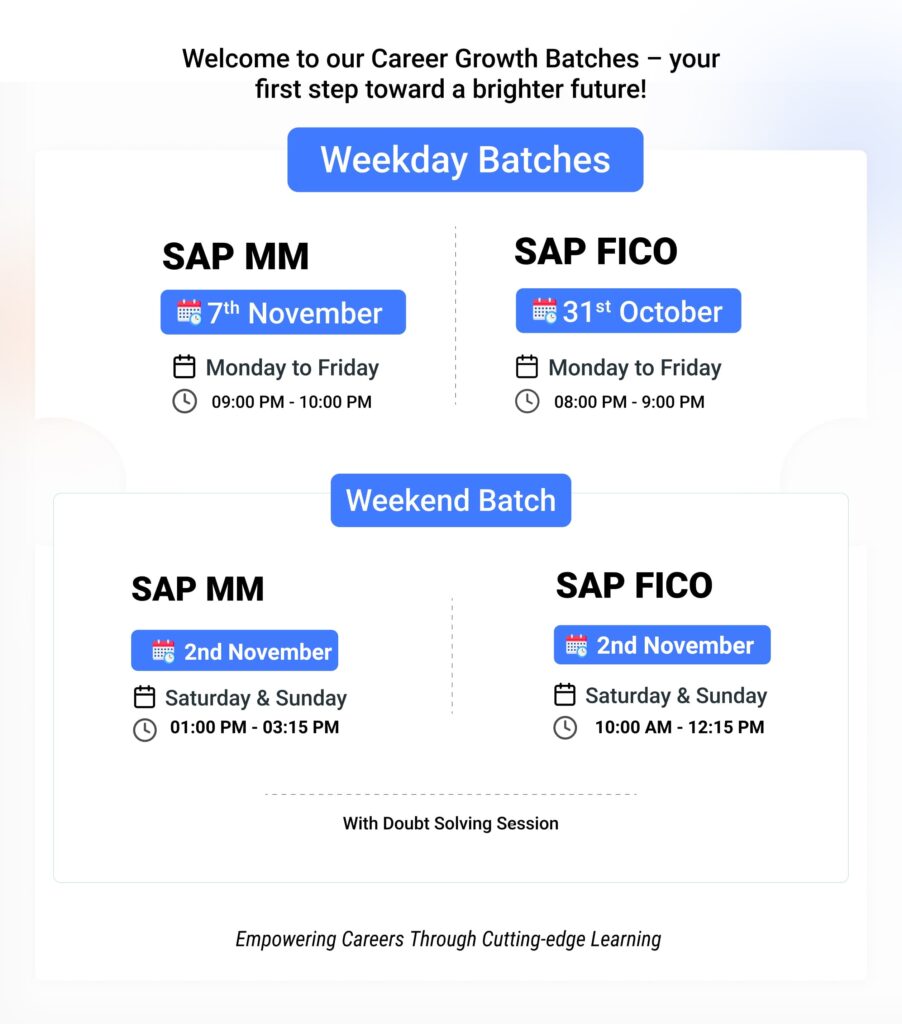Best FPGA Architecture in VLSI, 2025: A Beginner’s Guide for Entry-Level IT Professionals
As we progress through 2025, the VLSI (Very Large Scale Integration) field is witnessing transformative advancements in reconfigurable computing architectures. One of the most powerful and flexible components in this domain is the FPGA (Field Programmable Gate Array). As industries demand faster, more adaptive, and energy-efficient electronic systems, understanding FPGA architecture in VLSI becomes essential, especially for beginners aiming to enter this lucrative field.
This blog is designed to provide a clear, structured, and SEO-friendly overview of FPGA architecture in VLSI, suitable for entry-level IT professionals and electronics graduates. If you’re searching for terms like FPGA architecture in VLSI PDF, FPGA design flow in VLSI, or Xilinx FPGA architecture, this guide will give you the answers you’re looking for.

What is an FPGA?
FPGA stands for Field Programmable Gate Array. It is an integrated circuit that can be programmed or reconfigured by the user after manufacturing. Unlike ASICs (Application-Specific Integrated Circuits), which are fixed and unchangeable post-fabrication, FPGAs offer unmatched flexibility and prototyping capability, making them ideal for testing, real-time processing, and dynamic computing tasks.
Why FPGA Matters in VLSI Design (2025 Outlook)
As we move deeper into 2025, FPGA technologies in VLSI have become integral to designing and validating high-performance systems. These chips are used in areas like:
-
Embedded systems
-
Automotive electronics
-
Signal processing
-
Aerospace and defense
-
Machine learning accelerators
Because FPGAs allow real-time reconfiguration, they are crucial in the early stages of VLSI development, bridging the gap between design and silicon.
Understanding FPGA Architecture in VLSI
The FPGA architecture in VLSI is designed around flexibility and parallelism. While there are many variations depending on the vendor (e.g., Xilinx FPGA architecture), most FPGAs include the following core components:
1. Configurable Logic Blocks (CLBs)
CLBs are the heart of an FPGA. Their architecture primarily comprises three key components: lookup tables for logic implementation, multiplexers for signal routing, and flip-flops for sequential operations. These blocks perform logic functions and can be programmed to implement any digital logic circuit.
2. Programmable Interconnects
These interconnect networks facilitate signal transmission between configurable logic blocks and input/output modules. The routing resources are highly configurable, enabling complex logic circuits to be formed across the chip.
3. Input/Output Blocks (IOBs)
IOBs serve as the interface between the FPGA and external components. They support various electrical standards and can be programmed for input, output, or bidirectional signaling.
4. Clock Management
Modern FPGAs include clock management tiles (CMTs), phase-locked loops (PLLs), and global clock networks to ensure synchronized operation across all logic elements.
5. Dedicated Hard Blocks
Advanced FPGAs include pre-designed blocks like:
-
DSP slices for signal processing
-
Block RAMs (BRAM)
-
High-speed transceivers
These help improve performance without consuming CLB resources.
If you are searching for an FPGA architecture diagram, most VLSI training materials and PDFs will highlight these components and how they interact within the silicon.
FPGA Design Flow in VLSI
The FPGA design flow in VLSI typically involves the following stages:
-
Design Entry – Coding in VHDL or Verilog.
-
Synthesis – Translating HDL code into a netlist.
-
Implementation – Includes mapping, placing, and routing of the design.
-
Configuration File Creation – Generates the binary data pattern used to program the FPGA’s logic elements.
-
Programming the FPGA – Uploading the bitstream onto the chip.
-
Verification – Functional and timing validation using simulation and test benches.
This methodology enables comprehensive system validation before committing to application-specific integrated circuit production.
Xilinx FPGA Architecture: A Popular Industry Standard
Among various vendors, Xilinx FPGA architecture is widely used in industry and academia. Xilinx devices are known for their:
-
Scalability across small and large applications
-
High-speed serial transceivers
-
AI and DSP integration
-
Flexible development environment via Vivado
For those looking to explore this in depth, the Xilinx FPGA architecture PDF or Xilinx FPGA architecture PPT is often included in VLSI course materials and online tutorials.
Learning FPGA Architecture in VLSI at GTR Academy
If you’re looking for a professional, beginner-friendly path to learning FPGA architecture in VLSI, GTR Academy offers an excellent opportunity. Their VLSI training programs cover:
-
Fundamentals of FPGA architecture
-
Verilog and VHDL programming
-
Tool usage (Vivado, Quartus, etc.)
-
RTL to Bitstream flow
-
Hands-on FPGA project implementation
Whether you’re a recent engineering graduate or an IT professional switching careers, GTR Academy’s training ensures you gain both theoretical clarity and practical skills.
FPGA Architecture in VLSI GeeksforGeeks and Other Resources
While blogs like FPGA architecture in VLSI GeeksforGeeks provide a good introduction, most online articles are surface-level. To become job-ready in 2025, you’ll need:
-
Structured learning
-
Tool-based practical training
-
Placement support
That’s why institutes like GTR Academy are trusted by thousands of students seeking career opportunities in VLSI and FPGA design.
FPGA vs ASIC: Why Learn FPGA First?
A common question for beginners is: Should I start with FPGA or ASIC?
The answer? Start with FPGA.
FPGAs are ideal for:
-
Prototyping ASIC designs
-
Understanding digital logic at the gate level
-
Rapid iteration and debugging
Once you master FPGA design, transitioning to ASIC flow becomes much easier.
Future of FPGA in VLSI: 2025 and Beyond
FPGA architectures are poised for significant advancements within the VLSI domain, offering exciting possibilities for future development. As devices continue to become more specialized and power-efficient, FPGAs are evolving into System-on-Chip (SoC) platforms, integrating processors, AI cores, and memory into a single package.
Key trends shaping FPGA technology in 2025 include:
-
AI and ML acceleration
-
Edge computing
-
Space and automotive-grade FPGAs
-
Open-source FPGA toolchains
With increasing demand, professionals skilled in FPGA architecture and design flow in VLSI will be at the forefront of next-generation electronic systems.
Final Thoughts: Why Learn FPGA Architecture in 2025?
In a world driven by silicon and speed, FPGA architecture in VLSI remains one of the most valuable skill sets for entry-level professionals. It offers the perfect blend of theory and hands-on design, making you industry-ready and future-proof.
With the support of top training institutes like GTR Academy, you can master:
-
FPGA design flow
-
Verilog coding
-
Architecture understanding
-
Project execution
So, whether you’re exploring FPGA architecture in VLSI PDF, diving into Xilinx FPGA architecture, or starting from scratch, 2025 is the perfect time to build your VLSI career on the strong foundation of FPGA technology.








